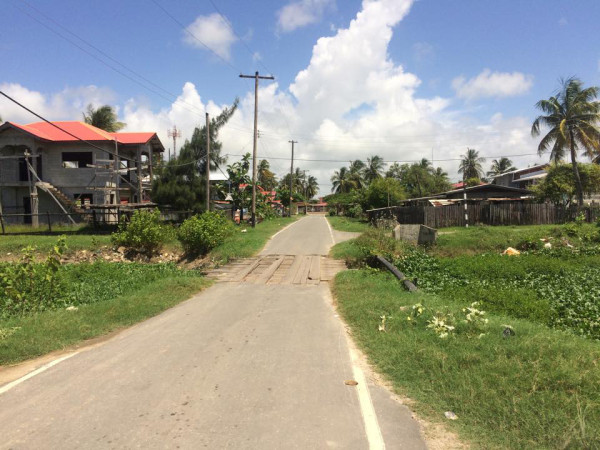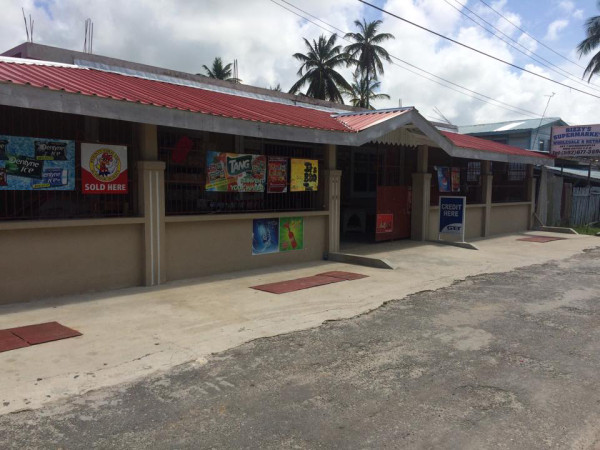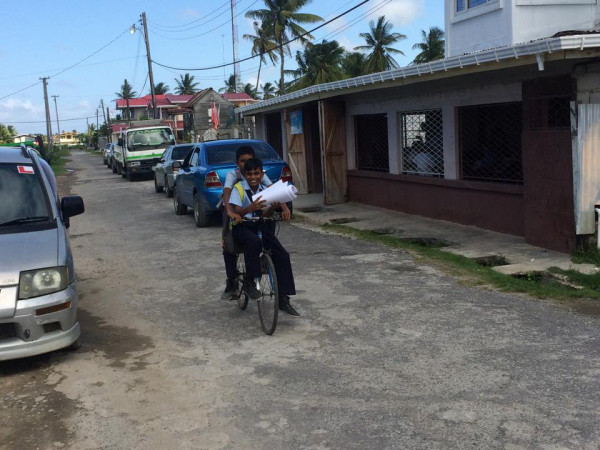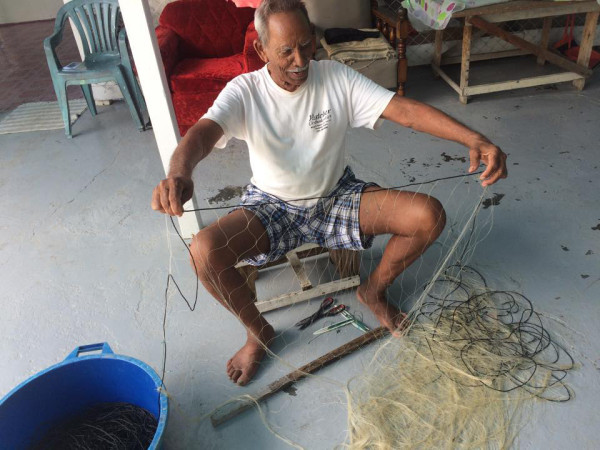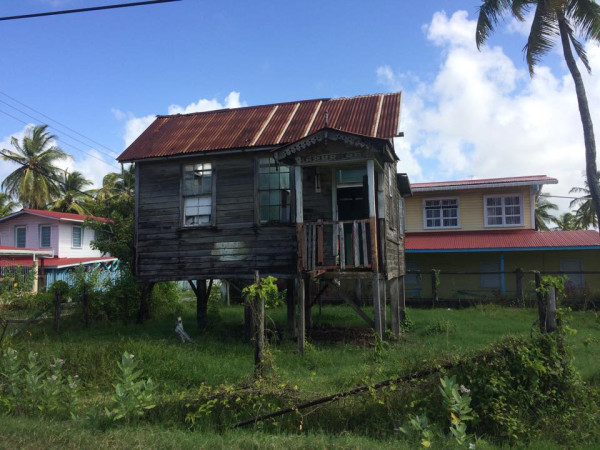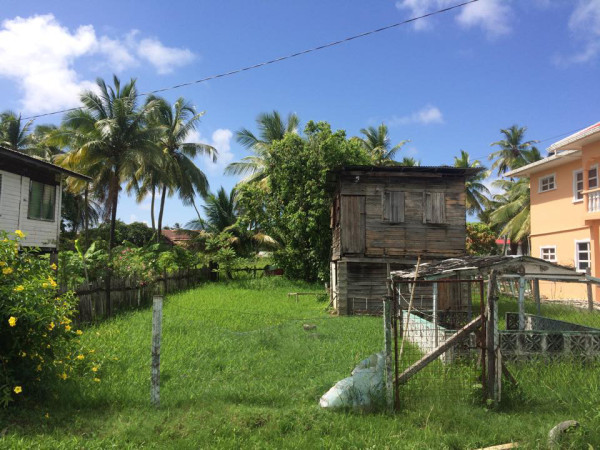Tucked away behind Mon Repos on the East Coast Demerara is the little village of De Endragt that is populated with approximately 300 people.
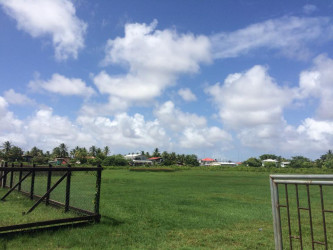
About a three-minute drive down the Mon Repos main road takes you to a small wooden bridge over a large trench that links the two villages. Although the name De Endragt is unknown to the younger folks of the area, who tend to call both villages Mon Repos, the older folks take pride in the name and rich history behind the little Dutch-named community. The name was derived from the Dutch word De Eendracht, which means ‘Unity’, which resonates with the community, resulting in significant development in the past two decades.
Seerajeo Persaud, a 79-year-old man, who has lived all of his life in the community, sat down with The World Beyond Georgetown and happily reminisced on how the community has grown in the past 60 decades. “To tell yuh the truth, I’ve been living hey so long, it has all come and gone like a blur. It started out from nothing, long, long, even before me. It was one and two houses here and there,” Persaud said, explaining that the community existed even before he was born.
He said that it started off as a normal scheme where he lived but further down was where the rice fields were. He recalled when it was impossible to traverse through the community that was in the process of being developed as there were mud roads and improper drains that would easily flood over. “We came through a lot, the people stick togetha and we all helped build this little place here,” he said, explaining that while, formerly, only part of the community was designated as land to build on, about 20 to 30 years ago, people from “all over” came to the community in search for land to build their houses on. Eventually most of the people engaged in squatting on the lands.
Persaud said he has lived so long and seen the community grow so much that he cares for it as if it were his own child. The elderly man who is skilled in many trades, strolled around the area, pointing out places and lecturing about the history of the area.
Many of the other residents told The World Beyond Georgetown tales of abruptly leaving their homes in other villages along the East Coast and even as far as the East Bank in search of land to build their own houses on.
Most of the now developed lands and houses all started off as simple wooden shacks occupying squatting lands. The residents said they all stood diligently “in unity” as the government tried to evict them from the land. Time after time they refused to move and stood strong on the land until the government eventually gave up and went through with registering the land to the residents of the area.
An elderly woman, Sila, recalled the struggle it was to traverse and live in the developing village throughout the years. “At that time most people used to farm and they had animals and even then it would be hard to walk through and even the drains din develop,” she said, explaining that it was the collective efforts of the residents of the area that saw the drains developed and made the roads better, until they were finally paved in 1993.
“Looking at it now and then, back then it was very different. It was a set of small, small houses all ova the place, and everybody used to do dey hard work which pay off,” Persaud said pointing out the vast change the
community had undergone.
What once used to be wooden shacks with small farmlands around the community are now large concrete houses with small shops and bars in almost every street. The odour of fresh manure and the sight of herds of cattle and other livestock has been replaced by burnt rubber and cars. What seemed like a quiet community from the outside, quickly changed as we delved deeper. Loud music could be heard from almost every house and all of the bars and local hangout areas were bustling with people drinking and socializing. Besides the big businesses around the area, small shops and vendors contribute to a thriving community.
Although most of the residents have moved on from farming and embraced a more commercial life, others who live down at the back maintain the old ways. Cows, goats, and even ducks could be seen traversing the roads and grazing.
The area has its own community centre and field, but no schools and no places of worship. Children in the area all attend the nearby Mon Repos schools and the residents access the religious centres in Mon Repos.
“It’s a nice place and we’ve been here almost all our lives, but like any other community there are things we want to be seen done, you know,” Lynette Mangal, 56, who has lived in the area for almost 30 years said. She highlighted the poorly constructed and up kept drains and trenches in the area that are often clogged and contribute to major flooding; the nonexistent garbage collecting services that force residents of the area to find alternative ways to dispose of their waste; and the unfinished main road in the community that forces drivers to take longer routes or endure the deplorable road.

